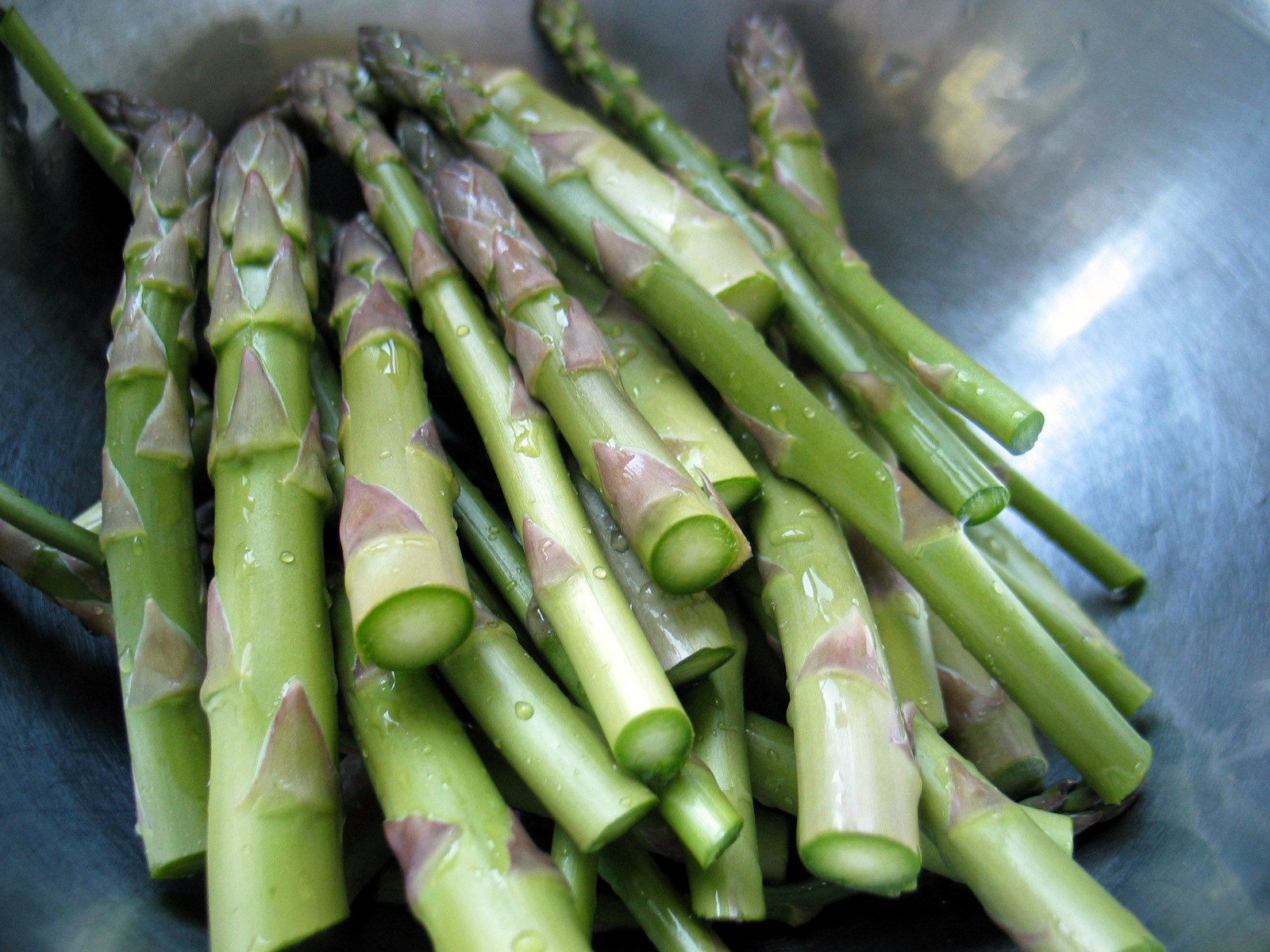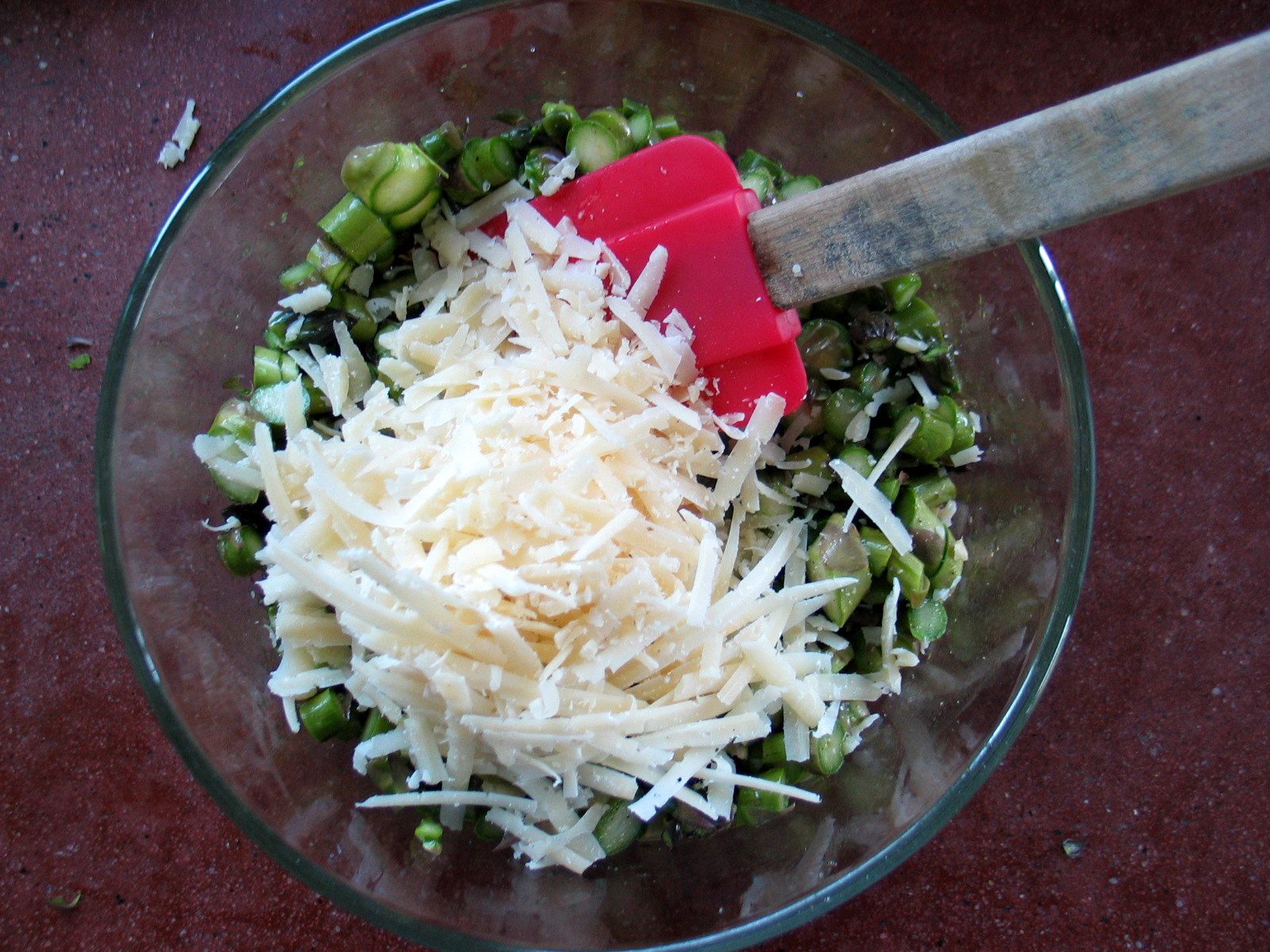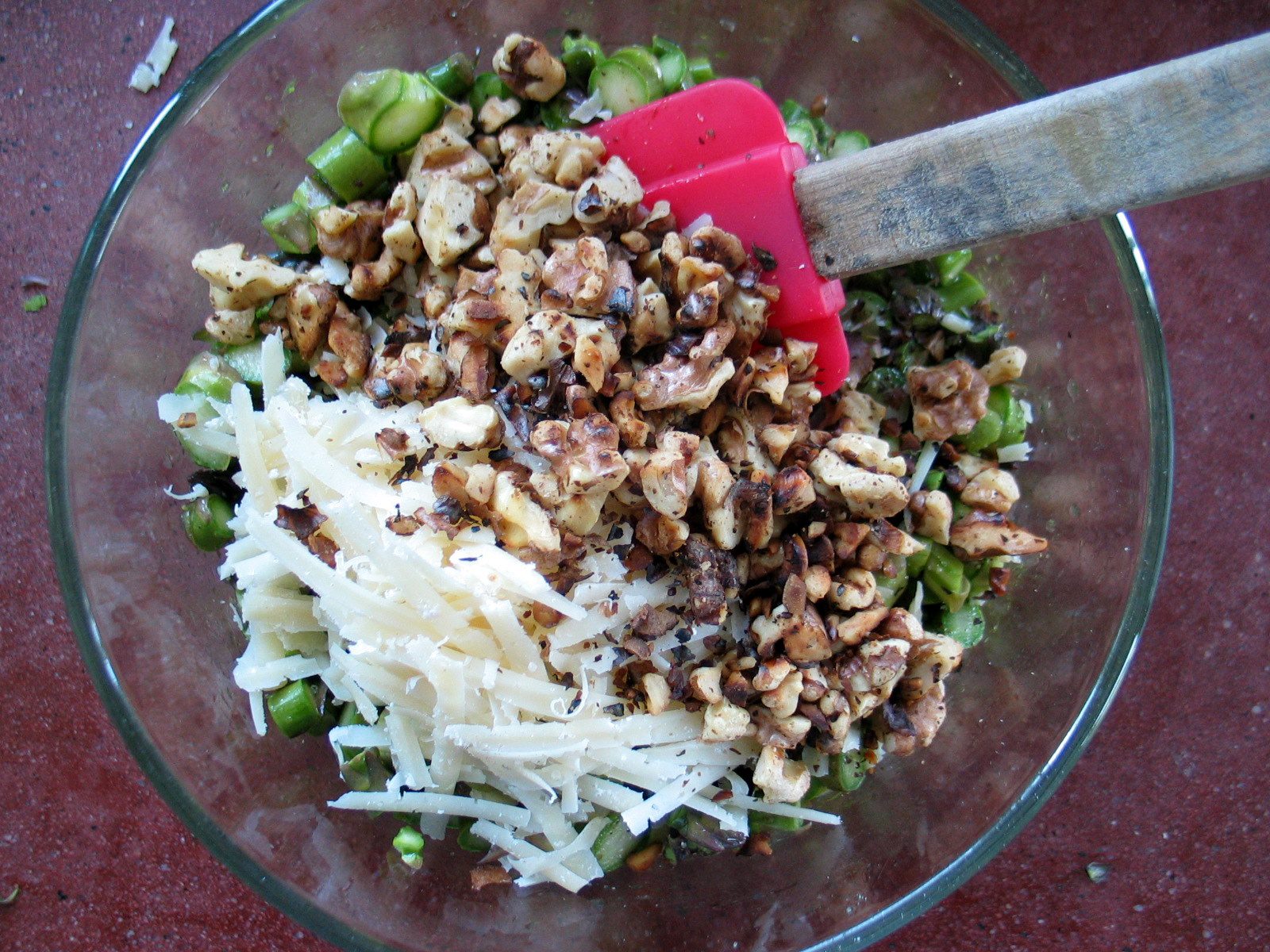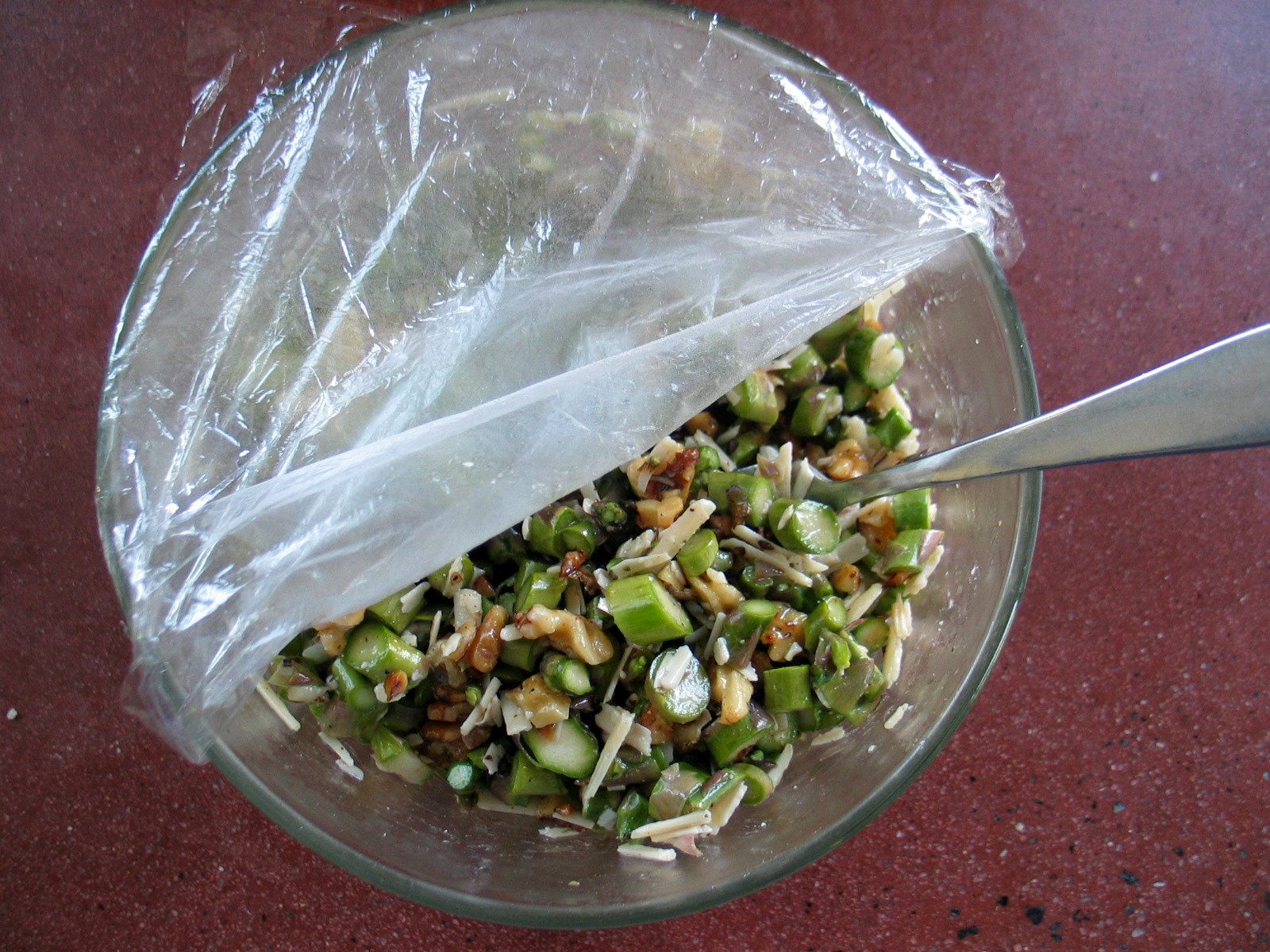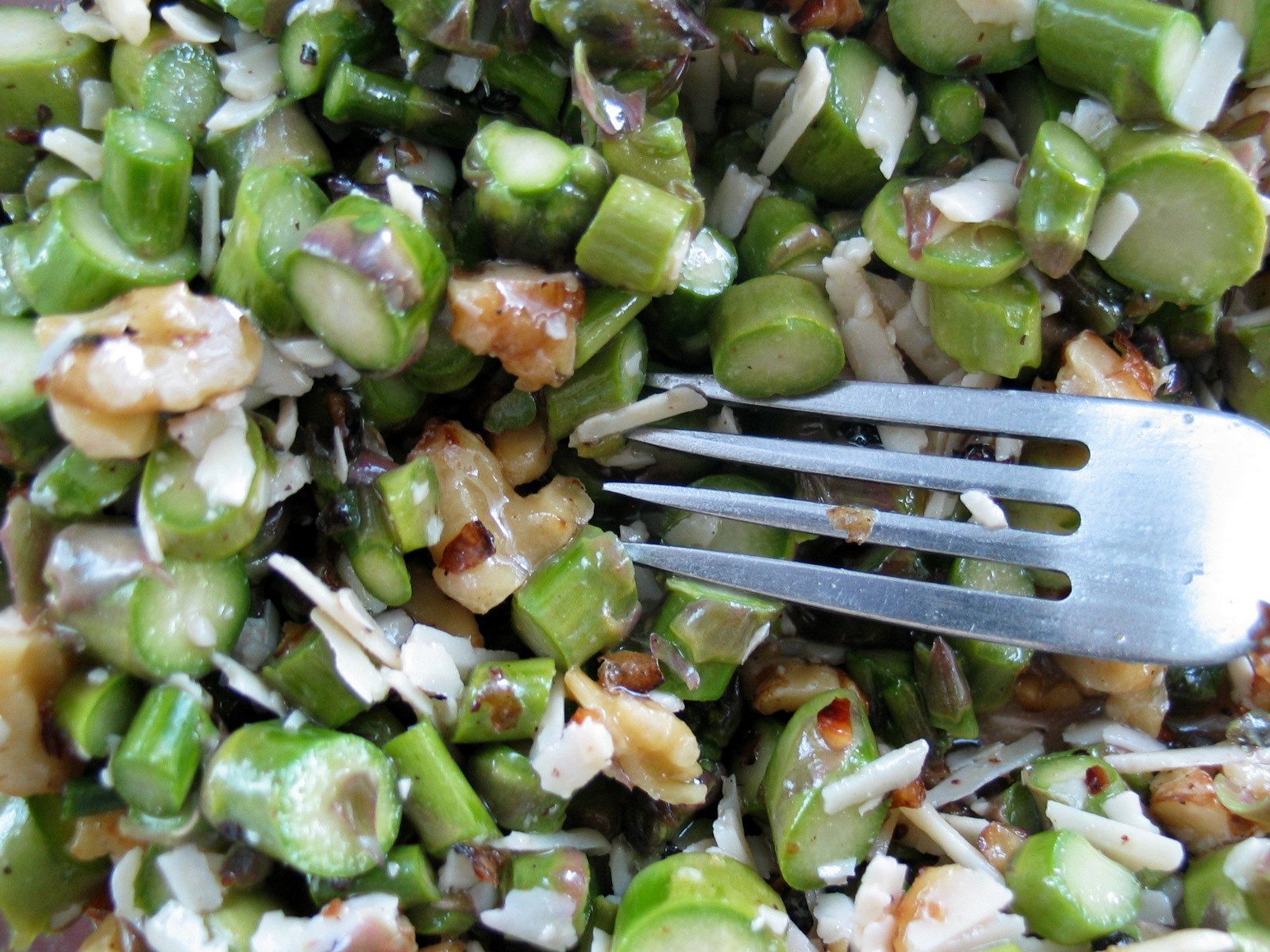I haven’t been satisfied with my banana cake recipe. It’s a good cake, mind you, but a bit too thin and—dare I say it?—rubbery.
There. Now I’ve gone and made it sound perfectly despicable, and it’s not. Back in the day when she had curly-wild hair and wore sundresses, my mother made it in the shape of a barn for my brother’s birthday. There was even a silo (cake baked in a tin) and the platter—er, barnyard—was inhabited with plastic animals. It was a great cake.

I taught the women in my Nicaraguan women’s group how to bake that banana cake (minus the silos and plastic animals). They loved the recipe and the cake immediately became their favorite (that and torta simple, a plain white cake similar to basic shortcake).
Banana trees studded their dirt yards and yet they had never made banana cake! Can you imagine? Probably not, and there’s probably a lot of other things that they’ve never done or seen or tasted that you can’t imagine. Think, for instance, vegetable peelers, washing machines, coffee pots, bacon, mozzarella, diaper covers (yes, you read that right), telephones, etc. And they had never baked using flour. Instead, they used ground-up corn to make the regional favorite—rosquía, a dry, crumbly cookie tasting of soured milk and corn. I learned to love them, for real, but many gringos never develop an appreciation for them (and that’s a polite way of putting it).

In any case, the women wanted to learn how to bake with flour and I wanted to teach them. There were no ovens, except for the outdoor kind, so when we gathered to bake, we baked in quantity—thirty or more sheet cakes at a time. It was a huge undertaking, filled with many variables (think no measuring cups or regulated ovens, let alone any thermometers). I had to learn to relax my standards.
Along with the banana cake and torta simple, I taught the women to make carrot cake, almond cookies, braided bread, donuts, frostings and more. The last year I was there, I pulled all the recipes together into a little booklet and gave them each a copy. I doubt they ever make the butter frostings and the yeast breads (the ingredients are scarce and cost prohibitive), but I like to think they still make the banana cake.


That banana cake was a fine recipe even though I no longer make it.

I now make this one—a recipe that calls for yogurt, whole wheat flour, and brown sugar. Simple changes, they are, but the resulting cake is lighter and more flavorful. The yogurt gives it a pleasant tang (sour cream may be substituted but the zip will go missing) and the brown sugar adds a caramely depth that was absent in the white sugar version.
The thing I like best about this recipe? That it’s healthy enough to stand in for a breakfast muffin, but when topped with a luscious peanut butter frosting, it transforms into a decadent cake.
In other words, this recipe meets all my banana cake needs and will be, until one of my daughters (or sons) grows up and teaches me otherwise, my one and only banana cake recipe.

Banana Cake
A family recipe, with inspiration from the April 2010 issue of Bon Appetit
½ cup butter
1 cup brown sugar
2 eggs
1½ teaspoons vanilla
½ cup plain yogurt
3 small bananas, mashed (to equal one cup)
1 cup all-purpose flour
1 cup whole wheat pastry flour
1 ½ teaspoon baking powder
½ teaspoon salt
½ teaspoon baking soda
Cream together the butter and sugar. Add the eggs and vanilla and beat till creamy and smooth. Beat in the yogurt and mashed bananas. Add the dry ingredients and stir to combine.
Grease pans (makes 12 muffins and one small cake) and bake at 350 degrees for 15-20 minutes, or until a toothpick inserted in the center comes out clean. Cool for ten minutes, cut around the edges and invert cakes/muffins onto a cooling rack. When they are completely cool, frost them with the icing of your choice (I recommend the following peanut butter frosting), or freeze them for later.
Creamy Peanut Butter Frosting
From the April 2010 issue of Bon Appetit
This differs from the other peanut butter frosting in that it is less sweet. Also, the measurements are more straightforward.
½ cup butter
8 ounces cream cheese
½ cup smooth peanut butter (not freshly ground or old-fashioned)
1 ½ cups confectioners sugar, sifted
Beat the butter and cream cheese together until they are perfectly creamy (lumps now will be lumps later). Add the peanut butter and beat some more. Beat in the sugar.
About one year ago: In their genes.



